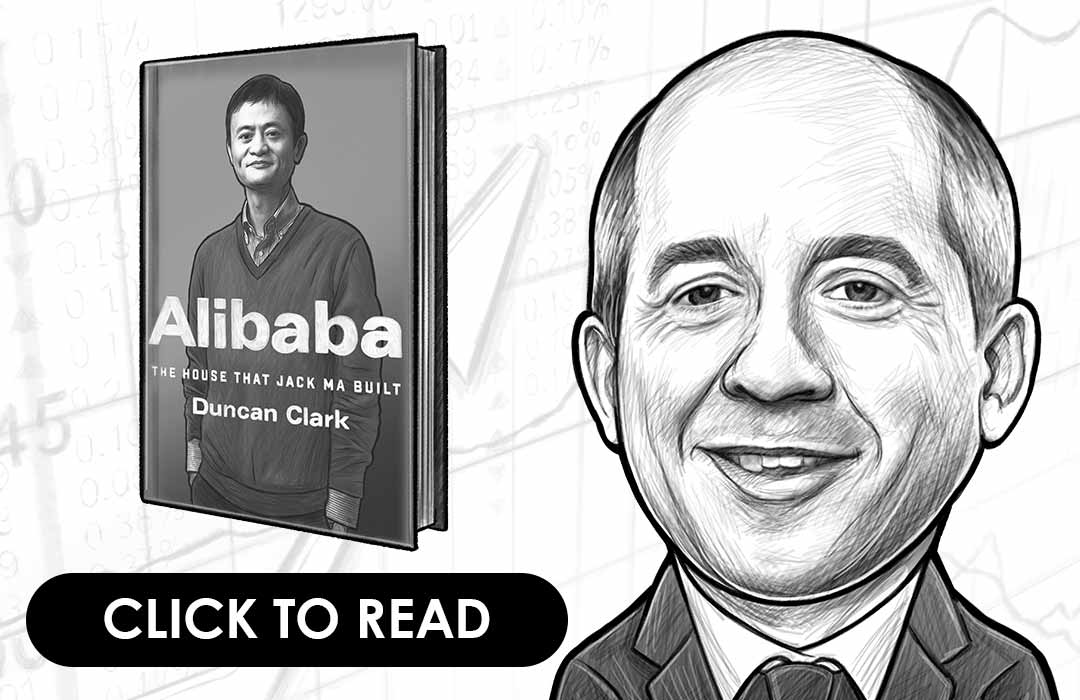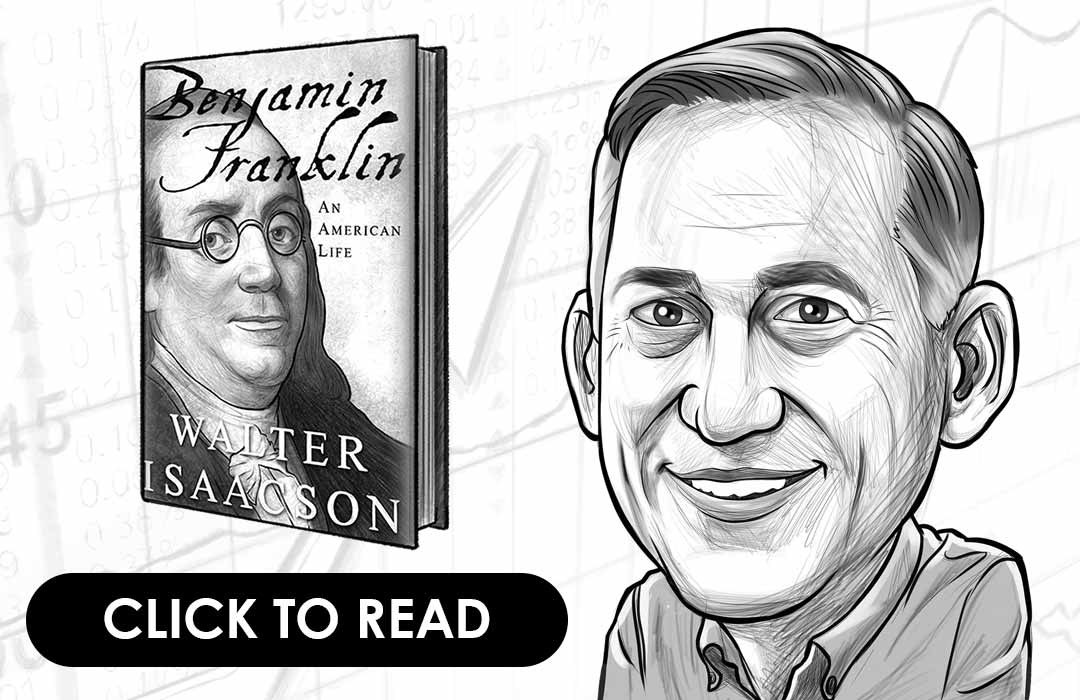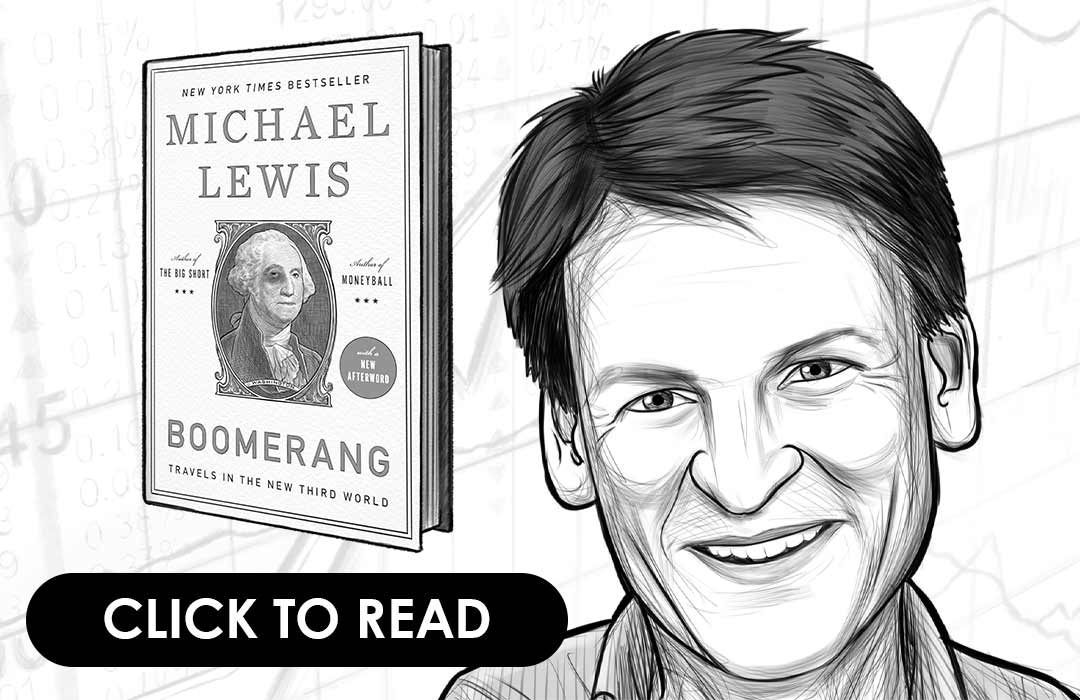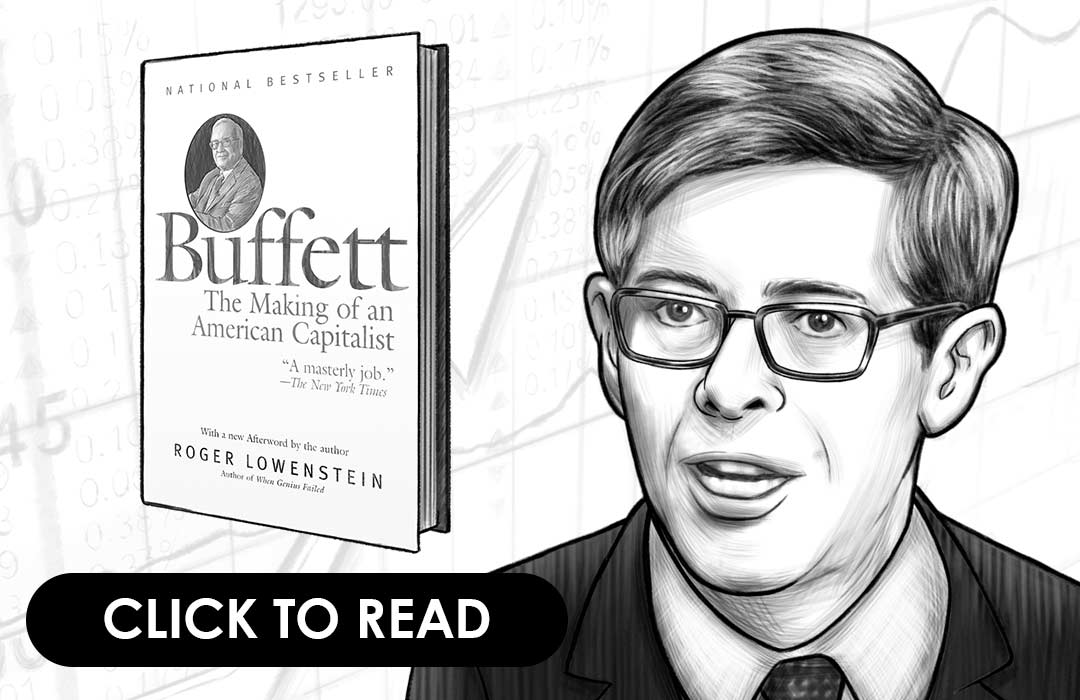An Executive Summary Of The Most Important Thing
Uncommon Sense for The Thoughtful Investor By Howard Marks
WHO IS HOWARD MARKS?
Howard Stanley Marks is an American Investor and writer. Marks has worked at Citibank early in his career in the High Yield, Convertible Securities, and Distressed Debt groups. In 1995, Marks co‐founded Oaktree Capital Management. In 2011, Forbes ranked him as one of the wealthiest Americans with a net worth of $1.5 billion. Also appreciated by Warren Buffet, read more to know about the mantra of investing through this book: The Most Important Thing – Uncommon Sense For The Thoughtful Investor.
PRESTON AND STIG’S GENERAL THOUGHTS ON THE BOOK
Many books about investing philosophies have been written before this book, and surely even more will be written after. Will Howard Mark’s book be remembered? Maybe, but I doubt it. I really like this beginner‐Intermediary book and it might be one of the books I would recommend for novice investors to read. If you are already familiar with investment classics like, The Intelligent Investor, and Warren Buffett’s letters to his shareholders, you are not likely to learn anything new.
What this book does well is thoroughly discuss the concept of risk – It’s simple and very valuable. This can be found in chapters 5 ‐ 7.
PREFACE
This book consists of opinions and insights from not only Howard, but also from investment educators like Joel Greenblatt Paul Nicholson, Seth A. Klarman and Christopher Davis. Together, these experts talk about various concepts including defensive investing, opportunities, and second level thinking. Basically, the book outlines the strategies necessary for a successful investor and also defines the dangers associated with it, especially for people who tend to invest blindly.
Understand the financial markets
in just a few minutes.
Get the daily email that makes understanding the financial markets
easy and enjoyable, for free.
CHAPTER 1: SECOND-LEVEL THINKING
In this section, Howard talks about important things necessary to become a successful investor. While there are many people who are content with investing in anything that offers average returns, others want to stay a step ahead and beat the market. In order to accomplish this, it’s necessary to be adaptive and intuitive instead of making it a mundane, mechanized process. Although an investor can follow his role model and mimic his rules, it can’t be perfectly replicated to gain the same results. What works for one investor might be disastrous for another. For example, a basketball player may get all the training in the world, but no training can make him taller, which is a necessary requirement. Investing works the same way. Primarily, one’s level of thinking should be better than average to receive good returns. Since there’s no exact process involved in investing, your perceptive thinking or second level thinking is what’s going to help.
CHAPTER 2: UNDERSTANDING MARKET EFFICIENCY (AND ITS LIMITATIONS)
Howard begins this chapter by talking about what he learnt in the Chicago School. He states that the concepts taught there influenced and transformed his thinking to a great level. He also discusses the efficient market hypothesis and says that although it’s a great way to incorporate information, it’s not necessarily right all the time. For instance, in January 2000, Yahoo was selling at $237, but in 2001, it had plummeted to just $11. Therefore, the market was wrong in at least one of these instances. When the prices reflect the consensus, sharing the same view might only deliver average results, but in order to beat the market, it’s very important to have a unique, different view.
CHAPTER 3: VALUE
In this chapter, Howard talks about how investors follow the old adage that dictates you to buy low and sell high. But, in order to determine the “low” and the “high,” it’s important to determine the accurate intrinsic value. Therefore, it’s obvious that an investor needs to purchase stocks well below its intrinsic value and then sell it at a much higher price. Further, Howard discusses about technical analysis that has been declining and also stresses that the fundamentals are just about everything when it comes to investing.
CHAPTER 4: THE RELATIONSHIP BETWEEN PRICE AND VALUE
Once an investor estimates the intrinsic value of an asset or stock, he/she can go ahead; however, even if the estimated intrinsic value is correct, it’s equally important to figure out the asset/stock’s price that is relative to the value. Here, Howard states the importance of establishing a good relationship between the fundamentals, value and the price. In other words, if this is followed, an investor can become very successful since it’s the core of good investing methods. Also, a value investor needs to recognize the fact that the price is the starting point and that no asset is too good to be true. Any asset that seems attractive at a low price should also seem like a bad deal when the price is way too high.
CHAPTER 5: UNDERSTANDING RISK
It’s not really impossible to find investments that could deliver outstanding returns in the future; however, an investor is probably not going to be successful if he/she shies away from dealing with risks. After all, it’s something that’s going to happen in the future, so risk is something that will have to be experienced now or later. Risk assessment is very essential due to three reasons. Firstly, since there are too many theories about risk, the investor has to find understand whether he can take it and live with it later. Secondly, the investor has to also think about the potential return. Thirdly, the investor will also have to assess the risk itself and evaluate whether it’s really worth it.
CHAPTER 6: RECOGNIZING RISK
Howard begins this chapter by stating that an investor needs to primarily recognize risk in order to control it. Risk simply means that you’re uncertain about the future and also about the loss you might incur. When prices are high, participating in it along with the rest of the crowd rather than avoiding it could be the major risk. Similarly, there’s no such thing as “low prices = low risk.” No matter what the value is, there is a certain amount of risk involved because it’s not possible to predict the future.
CHAPTER 7: CONTROLLING RISK
All investors face risk at one or the other point of time, but bearing the risk intelligently for profit is what makes an investor stand out from the rest. Great investors are judged for their capability to manage and control risk and also generate the return. For instance, investors like Warren Buffett and Peter Lynch aren’t exactly known for their high returns, but they are more famous for their consistency. It’s also possible that they might have had a few bad years, but since they have averted disasters and controlled their risk, they shine.
CHAPTER 8: BEING ATTENTIVE TO CYCLES
In this section, Howard talks about his appreciation for things that occur according to a cycle. Cycles eventually prevail and nothing goes in only one direction for a long time. Howard also says that although it’s not possible to predict things, it’s definitely possible to prepare so that the loss or damage is controlled. When it comes to investing, there are few things that are sure. However, you can be absolutely sure that just about everything is cyclical. If you’re attentive to cycles even when others stop paying heed to it, you’re more likely to become a successful investor.
CHAPTER 9: AWARENESS OF THE PENDULUM
Howard compares the mood swings of the market to a swinging pendulum. While it may swing from one extreme to another, he observes that it also swings from risk aversion to risk tolerance, from greed to fear, optimism to pessimism and from low prices to high prices. In reality, we aren’t capable of predicting which way the pendulum may swing.
CHAPTER 10: COMBATING NEGATIVE INFLUENCES
While there are many investors who suffer from inefficiencies such as mispricing, miscalculations and other mistakes, the ones who exploit these mistakes to their advantage will pave the road to their success. There’s an adage that there’s no free lunch in the world. Howard compares this to people who have unrealistic expectations where they expect high returns with no risk. Here, greed and fear also makes them forget the golden rules of investing. It’s certainly tough to combat these negative influences, but the ones who refuse to join the crowd even when it’s very tempting are the ones who will be successful.
Understand the financial markets
in just a few minutes.
Get the daily email that makes understanding the financial markets
easy and enjoyable, for free.
CHAPTER 11: CONTRARIANISM
Howard again talks about the quality most great investors possess – second-level thinking. While most investors tend to follow the trend, superior investors go the opposite way. As stated by Sir John Templeton, it takes a great amount of courage to sell when others are buying and buy when others are desperately selling, but it also offers the greatest profit. One can’t be successful by simply following the trend because if that was the case, just about everybody would have become stock investors. Therefore, in Howard’s words, the key to success lies in the fact that you sometimes do the opposite, even if the trend dictates that you join the herd.
CHAPTER 12: FINDING BARGAINS
Howard stresses on the fact that it’s not necessary for a cheap stock to provide the best returns. Sophisticated investors may not simply buy the cheapest stock, but instead, they may make a list of investment options that meet their own criteria. While these criteria may differ from one investor to another, they usually evaluate the risk involved. In addition, an intelligent investor may not invest in a cheap stock simply because of the unpredictability of the industry. For example, a product that might be hot now could vanish into thin air years later and this could make an investor hesitant. The point here is that in order to become a successful, profitable investor, it’s best to choose the best bargains after making a list of what you’re comfortable with.
CHAPTER 13: PATIENT OPPORTUNISM
In this section, Howard starts off by saying that it’s not always possible to find the best deals. Sometimes we hit and miss. The most important thing for an investor to learn is patience. Therefore, instead of chasing deals, it’s a good strategy to wait for things to come your way. In addition, you can purchase something the seller wants to sell rather than buying something only because you need or want it. Do not expect cycles to occur all the time and don’t think that the market is under/overpriced all the time, because, sometimes, everything can be balanced and there may be no mistakes made.
CHAPTER 14: KNOWING WHAT YOU DON’T KNOW
Here, Howard expands on how an investor’s knowledge plays a major role in investing. He also states that knowledge is an important component even in his approach when it comes to investing. Since it is not possible to identify what might occur in the vast future and since very few people have the great wisdom of using their knowledge to their advantage, knowledge plays a major role. Therefore, an investor who’s aware of his limited knowledge, no matter how knowledgeable he is, will definitely have more advantage than the others. Further, Howard also talks about how forecasts made by experts and pundits may not be accurate most of the times.
CHAPTER 15: HAVING A SENSE FOR WHERE WE STAND
Market cycles have ensured that an investor faces a few challenges that are certainly daunting. First off, the highs and lows are inevitable. Secondly, the cycles will also influence the investor’s performance and thirdly, the unpredictability isn’t the only issue but the timing as to when it occurs can also make an investor lose his sleep. Therefore, it’s very essential for an investor to understand where he/she stands. Of course, the cycles can help to estimate things to a certain extent, but that doesn’t mean that we are aware of what could occur next. However, it is most probably the best estimate.
CHAPTER 16: APPRECIATING THE ROLE OF LUCK
In this chapter, Howard stresses the importance of luck. When an investor makes a big bet on something that’s uncertain, he/she could seem like a genius when the results are spectacular; however, although some may call it randomness or chance, the truth is that it’s just luck and not skill. Howard also says that he agrees with many of the theories by Nassem Taleb, who has written a book about randomness.
CHAPTER 17: INVESTING DEFENSIVELY
Howard says that an investor should strike a good balance between making money and avoiding losses. One can’t make a great profit and avoid loss simultaneously. Basically, it’s like choosing between offense and defense. The position an investor chooses will be critical for his decisions in investing. In order to explain this in detail, Howard compares it to sports. For instance, in tennis, the person who avoids hitting losers is the one who wins when compared to the one who hits the winners. Similarly, it’s alright to invest defensively and avoid losses, rather than trying to hit winners and make money.
CHAPTER 18: AVOIDING PITFALLS
Howard continues to talk about avoiding losses in this chapter. He says that it’s possible to avoid loss by recognizing the pitfalls one might face as an investor. He also brushes upon the topics mentioned in the previous chapters so that the reader can grasp them better. By talking about greed, fear and other issues that may push an investor to make major mistakes, he explains how critical it is to understand the risks in order to prevent making mistakes.
CHAPTER 19: ADDING VALUE
It’s not very tough for an investor to gain some knowledge and perform according to the market’s demands, but investors who take it a step further and outperform the market are the ones who add real value to it. Sure, this takes extreme skill and it’s also necessary for the investors to second‐level thinkers. Again, Howard discusses important points from the very first chapter to the last to explain his theories in a detailed manner.
Understand the financial markets
in just a few minutes.
Get the daily email that makes understanding the financial markets
easy and enjoyable, for free.
CHAPTER 20: PUTTING IT ALL TOGETHER
Value is the very foundation for a good investment career. When an investor learns something others don’t, perceives things differently, and possesses the ability to analyses the value, he/she stands a better chance at investing. Value is best when it’s analytical and based on solid facts. This will help an investor recognize when he can sell or buy stocks. Howard concludes this chapter by listing critical points discussed in the entire book.







